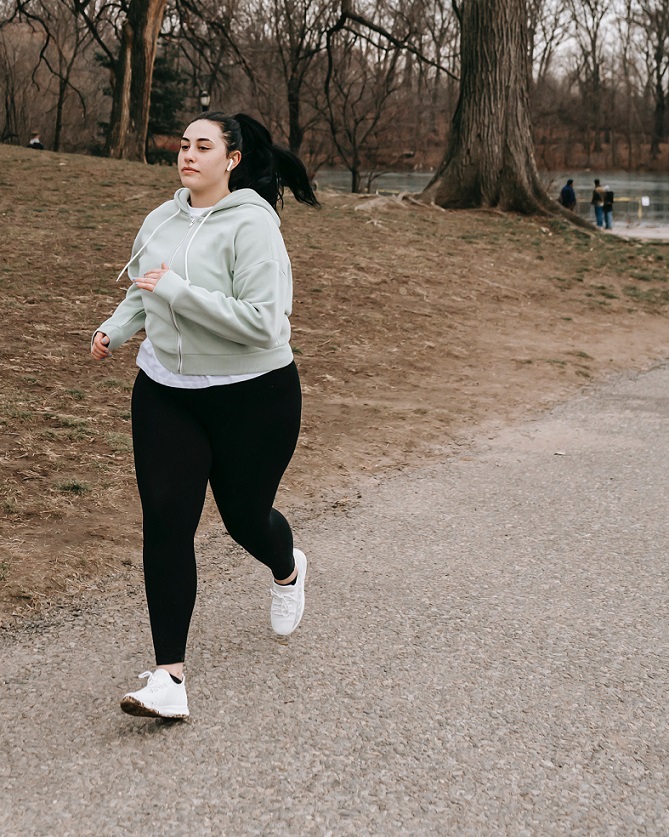10 Micropractices for Better Mental Health
A “less-is-more” approach can create mini wellness breaks for your brain.
Influential architect Ludwig Mies van der Rohe famously said, “Less is more.” And luckily, this phrase is as helpful to busy music educators as it is to minimalist midcentury architects.
As nice as it would be to stretch through a 90-minute yoga class, luxuriate during an hour-long massage or even escape on a week-long retreat to Costa Rica, these options aren’t realistic for many people. That’s where micropractices come in. These short, super-easy practices are designed to provide uplifting energy, release anxiety and disrupt negative patterns. View them as little mental-health snacks, if you will.
1. Hum
The vagus nerve, also called cranial nerve X, runs from the brain down the neck and chest to the heart, lungs and into the digestive tract. It’s responsible for heart rate, among many other roles, and stimulating the vagus nerve helps the body know it’s okay to relax. Humming and singing both stimulate this nerve, creating a simple way to relieve anxiety, stress and fear. Here’s a video that explains how to activate the vagus nerve using humming with “mmm,” “ahh” and “ooo” sounds to induce a relaxation response.
2. Drop 3
People often hold tension in three key areas: the jaw, shoulders and abdomen. Focus on these spots by “dropping 3.” Inhale deeply and then as you exhale, release any tension you are holding in your jaw. Then do the same for the remaining two areas.
3. Stare at a Wall
According to Rahaf Harfoush, author of the creativity-based book “Hustle & Float,” our minds need more real rest than we give them. “What our brains actually need is periods of destimulation, which means no screens, no emails, no audiobooks. Your brain needs a second to breathe, to catch up, to integrate all the content that we’ve consumed,” she told NPR. She suggests literally staring at a wall now and again, for up to 15 minutes.
 4. Take a Trot
4. Take a Trot
If staring at a wall for 15 minutes doesn’t sound appealing, try a 15-minute jog. According to a 2018 research study led by Fabien D. Legrand, this brief period of exercise boosts energy, memory, mood and cognitive function. The research was done on “moderate intensity” jogging, but lots of other research says that a good walk is helpful, too. Walking reduces stress, anxiety and fatigue, and may ward off depression, according to the British nonprofit organization Walking For Health.
5. Get Specific
Researchers like Robert Emmons, Ph.D. have explored gratitude and found it leads to better sleep, heart health and even obtaining goals. Turbo-charge a short gratitude practice by being super-specific. For example, if you keep a journal, you might write one sentence, such as “I’m grateful for all the beautiful azalea blooms I see on my way to school.” This helps keep a daily gratitude practice fresh, rather than just another thing to get done on the to-do list.
6. Declutter One Drawer
If you think your messy desk is a sign of genius, well, who I am to argue? But according to research by Stephanie McMains and Sabine Kastner, visual stimuli — like cluttered surfaces — compete with our brain’s processing ability, making it literally harder to think. Truth is, our brains like order and the ability to focus, and having a cleaner space around us lowers cortisol, the stress hormone. Since redoing your entire life is a tall order, create just one “zone of tranquility” at a time. Maybe it’s the produce drawer in the fridge, a toiletries drawer in the bathroom or your top desk drawer at school. Then take on one cabinet shelf, etc. Steadily, your home or classroom will become tidier.
 7. Put Down that Book
7. Put Down that Book
Reading for just six minutes can reduce stress levels by 68%, according to cognitive neuropsychologist David Lewis’ research at the University of Sussex. However, some people struggle to read for an interesting reason: They feel guilty not reading a book all the way through and get stuck. It’s better to spend your precious time reading books that are either pleasurable or are sparking your true interest. Still feeling bad? Librarians gave six reasons why it’s fine to stop reading a book and move on to another.
8. Breathe Some Fire
Pranayama, or manipulation of the breath, has been shown to decrease stress and improve cardiovascular function. There are many ways to practice pranayama, such as slow alternate nostril breathing, deep breathing or panting like a dog. Here’s one to try: Breath of Fire, popular in Kundalini yoga teachings, can be done in as little as a three-minute session. Here’s a video tutorial on how to do Breath of Fire properly and safely.
9. Roll on a Spiky Ball
Keep a spiky massage ball under your desk, and during breaks, give a quick roll to massage your feet. Physical therapists use these balls to relieve issues such as plantar fasciitis, but according to the Mayo Clinic, “Several studies indicate that reflexology [applying pressure to the hands or feet] may reduce pain and psychological symptoms, such as stress and anxiety, and enhance relaxation and sleep.” You can also use a tennis ball, golf ball or small foam roller. Spend 2 to 3 minutes per foot, applying as much pressure as is tolerable.
 10. Chew a Piece of Gum
10. Chew a Piece of Gum
Violet Beauregarde, a character in “Charlie and the Chocolate Factory,” gave gum-chomping a bad rap. But she may have been on to something, as chewing gum reduces stress, according to research. “Overall, it would appear that chewing gum attenuates the sensory processing of external stressors and inhibits the propagation of stress-related information in the brain,” explains one published study by Andrew P. Smith. So, chew a piece of sugar-free gum for a quick blast of relaxation. Blowing a big pink bubble the size of your face, however, is probably best done after band practice.
















